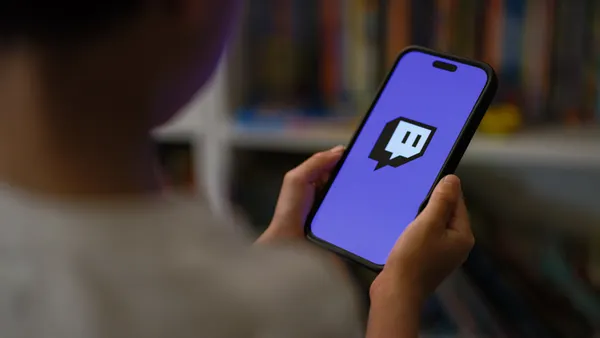Dive Brief:
- YouTube is dropping its paid channels monetization option, first rolled out in 2013, per Variety. Even though it was one of the first monetization initiatives on the platform, by recent count less than 1% of creators were making use of the option. With a paid channel, creators could set their own price for subscribers. Early partners included the Sesame Workshop, NatGeo Kids and DHX Media.
- To replace paid channels, YouTube is expanding its sponsorship model where users can sponsor a creator for $4.99 per month. In return, they get custom chat badges, custom emojis and access to a sponsor-only chat. The sponsorship option is now available to all of YouTube Gaming. YouTube is also currently testing sponsorships with creators on the main YouTube platform.
- Creators can still sell Super Chats, which are paid messages on a live chat similar to virtual gifts users buy on Twitch, YouNow or Musical.ly.
Dive Insight:
Launching paid channels is an interesting move from YouTube because the strategy closely resembles that of Patreon, which now manages subscription services for more than 50,000 creators across platforms — double what the figure was a year ago. Patreon said earlier in May that it expects its creators to earn $150 million this year. Just this week, Patreon announced it has raised $60 million in funding as it looks to offer new products and features for its creators. The company also expects to double the number of employees it has.
Clearly, the community of online content creators and their viewers are embracing the subscription model. Marketers should be paying close attention, as this trend has the potential to disrupt traditional content advertising models if it continues to grow.
YouTube has always had to navigate a delicate balancing act between appeasing advertisers, its main revenue source, and the creators who provide the content that drives people to the platform. The paid channels initiative was clearly a non-starter for YouTube, but it may be looking to the subscription model as a path to monetization for its popular creators that avoids issues around advertising and brand safety altogether.
After a commotion around brand safety erupted at the end of March, resulting in a global boycott of YouTube and other Google properties by major brands and agencies, YouTube instated policy changes to ease advertisers' concerns but ones that also severely cut into the ad revenue of creators who sometimes depend on that revenue for their livelihood. In some cases, those creators saw double-digit drops in ad revenue. Further, more recent changes to YouTube's content policy are expected have an additional impact on how creators can monetize their content.












